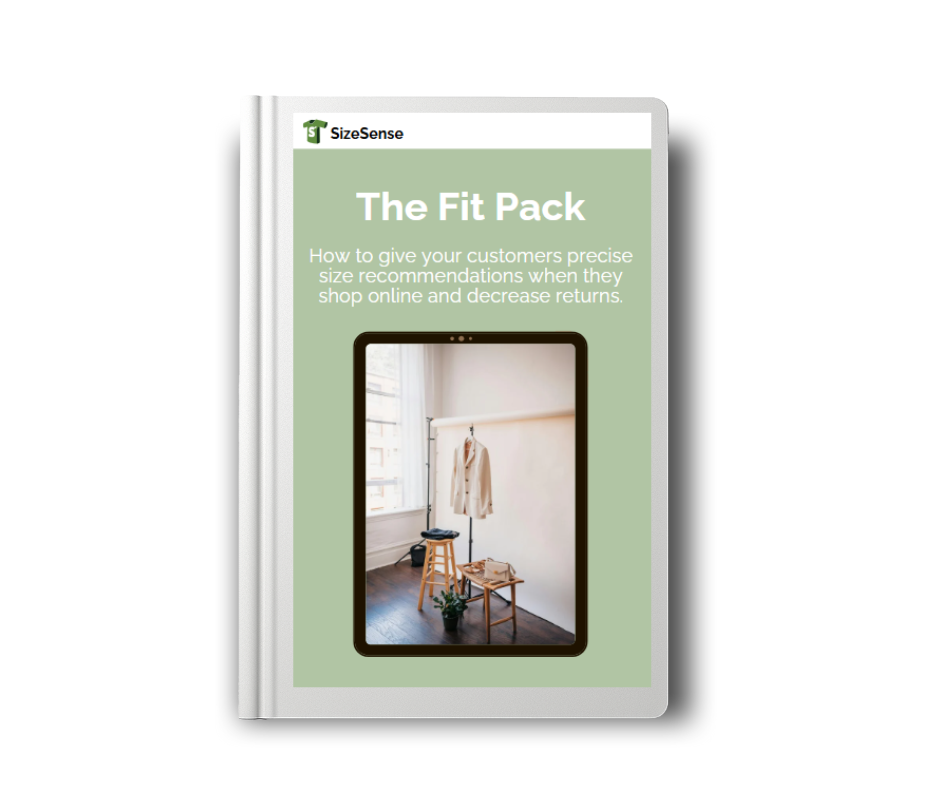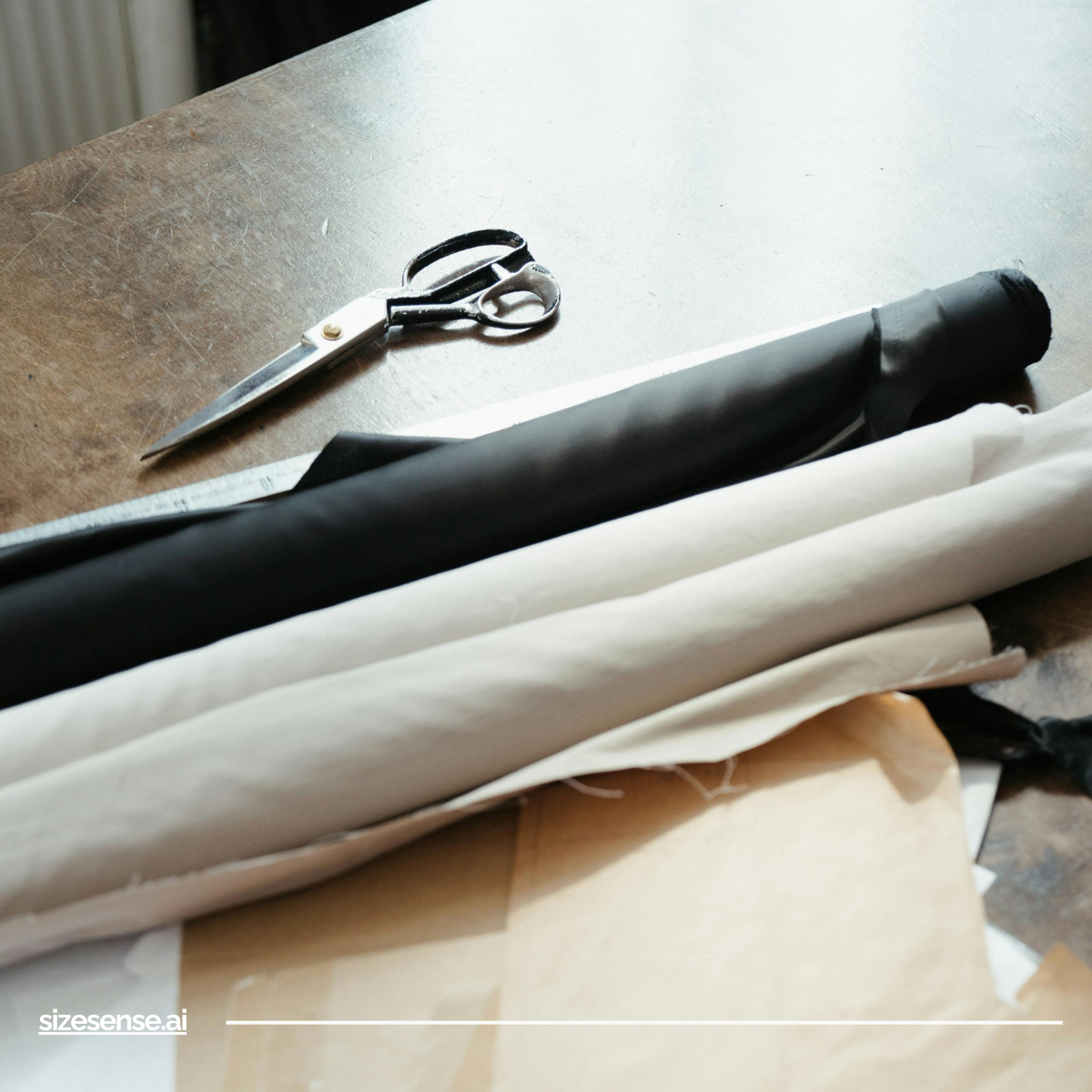In recent years, deadstock has been rebranded as a symbol of eco-conscious fashion. Designers proudly tout collections made from leftover fabric, promoting them as sustainable alternatives to traditional production methods. But let’s take a closer look: is deadstock really a solution – or just a symptom of deeper problems in the fashion industry?
What Is Deadstock?
Deadstock refers to surplus fabric that was never used in production. It may have been overordered, left behind after manufacturing runs, or discarded due to minor defects. Instead of heading straight to landfills, these fabrics are often reclaimed by independent designers or brands trying to reduce waste.
At first glance, using deadstock seems like a win for sustainability. But this material only exists because of systemic overproduction – because somewhere along the line, the fashion industry made too much, too fast.
The Scale of the Problem
The fashion industry produces approximately 100 billion garments every year. Shockingly, around one-third of those items are never sold. That’s billions of garments destined for landfills or incinerators, along with the environmental resources used to make them – energy, water, labor, and raw materials.
So when we celebrate the reuse of deadstock, we’re often ignoring the root cause: an inefficient, demand-blind supply chain that consistently overshoots the mark.
Why Deadstock Isn’t the Hero We Think It Is
Sure, it’s better to reuse fabric than send it to waste. But glorifying deadstock collections without addressing why they exist is like putting a Band-Aid on a broken bone.
The reliance on deadstock doesn’t solve the problems of unsold inventory, excess materials, or flawed forecasting – it merely delays their consequences. Worse, it can be a form of greenwashing, giving the appearance of sustainability without fixing the underlying production model.
The Real Path to Sustainability
True sustainability starts far earlier in the process. It begins with smarter planning, better fit, and conscious design. When brands produce based on real demand – and when they ensure clothes fit their customers correctly from the start – they can avoid much of the waste that creates deadstock in the first place.
Tools like SizeSense.ai play a key role in that shift. By delivering accurate size recommendations based on body measurements, brands can reduce return rates, minimize unsold stock, and produce only what will be worn – not what will be wasted.
Healing the System, Not Masking the Symptoms
If we want a truly sustainable fashion industry, we have to stop celebrating the fallout of inefficiency and start redesigning the system. That means addressing overproduction, investing in fit technology, and moving away from short-term fixes like deadstock-based collections.
Using deadstock might be a step in the right direction – but it’s not the destination. The real goal is a leaner, smarter, more responsible industry that prevents waste before it happens.
Get a FREE copy of our eBook
Boost Sales and Customer Loyalty and Decrease Returns For Your Fashion Brand!

Get a free copy of our eBook. Discover how to why size Isn’t just a number, how to reduce returns and what you need to make your brand ready to use SizeSense.ai

Leave a Reply
You must be logged in to post a comment.